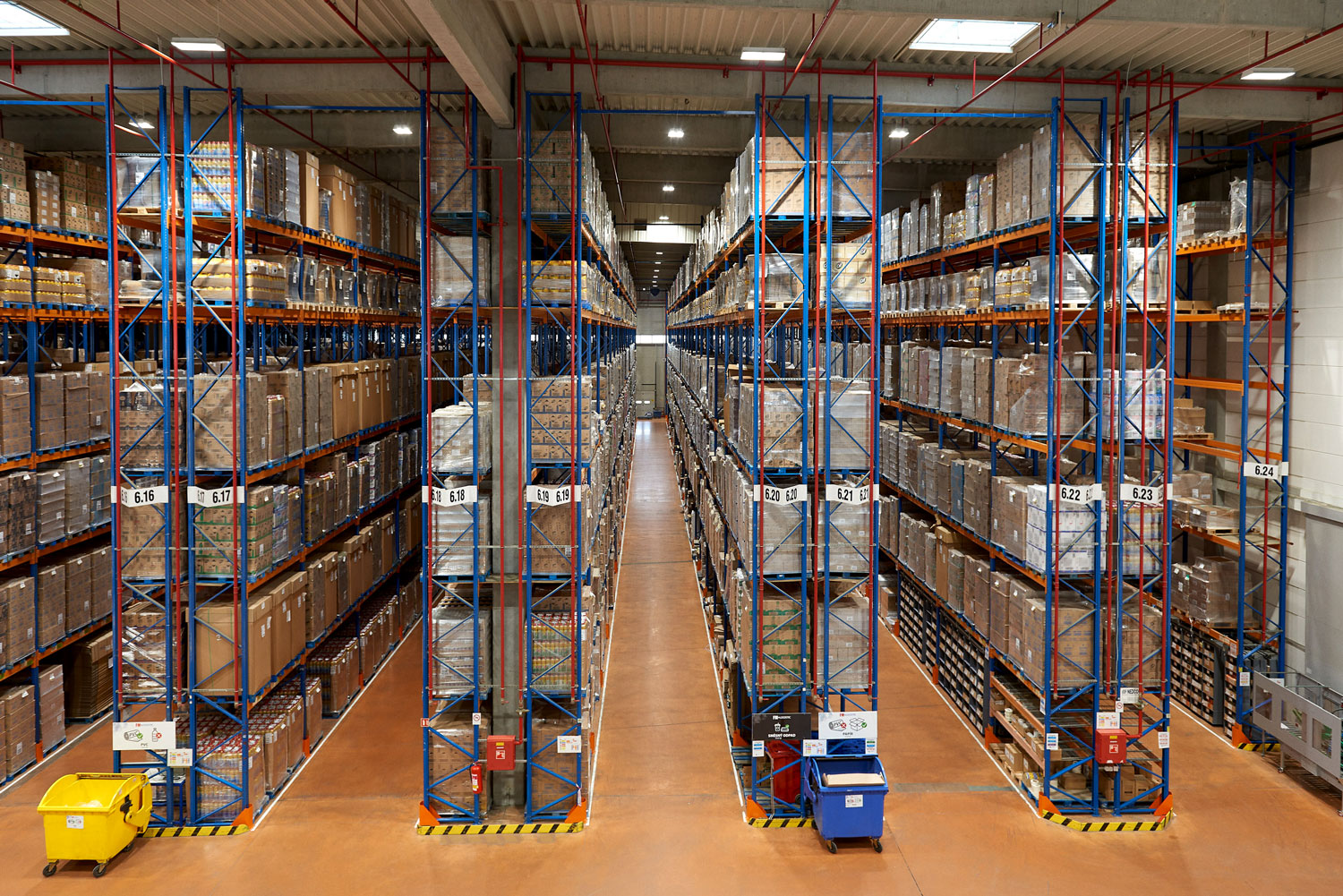Online goes physical while offline goes digital: the line between both worlds is fading. Consumers’ expectations are shifting towards ultra-fast, smoother online, and offline experiences. This ultra-personalization translates into the needed transformation of supply chains to keep up with the new retail world requirements.
What is the adoption of ecommerce in Asia?
In Asia, we are witnessing disparities across the region in e-commerce acceleration but one unifying trend is that the new retail landscape is rapidly evolving. Boosted by the pandemic, the impact of technology and behavioral changes have however been felt prior to the COVID-19 outbreak.
According to Kantar, countries in North Asia are dominating the online new retail scene, which is now growing at more than 25% a year, with almost one in four dollars spent on FMCG going online. By contrast, in Southeast Asia, this channel is still in its infancy although new households are adopting this purchasing method. Yet, for all the noise around e-commerce, it’s worth remembering that 80% of FMCG value is still bought offline across Asia. Although more shoppers are active online, they are not dropping offline from their repertoire completely.
In alignment to that, retailers, e-commerce players, supply chain stakeholders, brand owners and manufacturers; all are adapting to become customer-centric. This new retail trend brings inevitable challenges. 55% of Supply Chain leaders confessed that fulfillment across channels is one of their most significant issues, along with keeping up with market innovations (43%). Consumers and customer trends are putting pressure on Supply Chain leaders to be more ‘consumer-focused’ rather than ‘inventory-focused’.
China at the forefront of innovation in new retail
The center of gravity for the world’s e-commerce is found in China. Chinese retailers, such as Alibaba, have evolved so fast to answer consumers’ requests that they enjoy an edge over any other country. Digital savviness of the generation-Z Chinese consumers, the data available, and the fast pace of innovation which can be beta-tested in weeks, are also primary drivers of this domination.
Pinduoduo is another pure player which has grown to become the biggest online marketplace for agricultural products in China. By making agricultural produce more easily discoverable, Pinduoduo has broadened market access by increasing the potential pool of buyers. Pinduoduo had almost 850 million annual active buyers in H1 2021 and its users are becoming more active and engaged.
With pure players reinventing the shopping experience, what are the needed transformational steps to be taken by logistics professionals? One crucial approach for Logistics heads is to gather data from customers to then translate them into actionable insights. Bots and machine learning can help process large amounts of data in real-time. Efficient management of distribution channels is also key. An agile organization, with fewer platforms, has the freedom to test innovations. With close monitoring of production lines, small volumes can be tested and allow fast production changes. Re-inventing your traditional logistics models in a new retail world is a sink or swim matter.
Can sustainability be compatible with an ultra-personalised shopping experience?
Being the most agile logistics player in the new retail environment doesn’t complete the plan. One also needs to have a harmony of sustainable initiatives to act on the heavy carbon footprint of supply chains. The good news is that simple changes in day-to-day operations can have a significant impact on energy consumption. Additionally, decarbonizing supply chains can also positively affect staff motivation, and enhance the customer brand experience.
The micro-fulfillment centers are yet another strategy to limit carbon emission. For instance, Amazon’s ability to meet its Prime delivery promises has always hinged on its local fulfillment strategy. In March 2020, the e-commerce giant doubled down on its local delivery strategy with new micro-fulfilment centers located even closer to its customers, with stock “need-it-today” items. Here, the goal was to offer more speed and convenience with a lower carbon footprint. Other easy-to-implement steps, such as hiring a green electricity supplier, increasing the air-conditioners’ temperature by only 2 degrees can help gain up to 10% energy cost-savings. Ultimately, to grow sustainably in an ultra-personalized new retail world, organizations need to embrace change and invent new paths.



